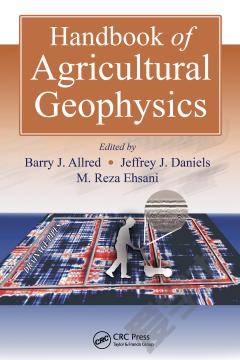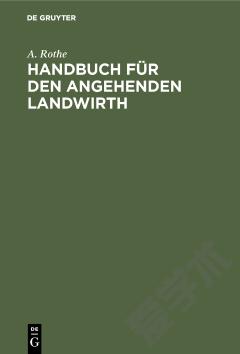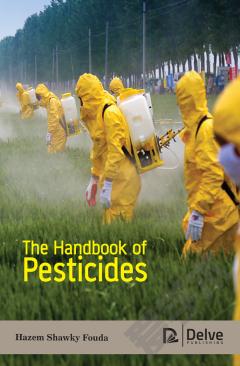Handbook of Agricultural Entomology
The book on Agricultural Entomology is a revolutionary publication for researchers and students entomology. It can be conveniently used as a ready reference and as a broad-spectrum textbook. First five chapters of the book introduce the audience with fundamental concepts of entomology, features of insects, classification of insects and impacts of environmental conditions on insects and vice-versa. Last three chapters of the book deal with plant disease transmission by insects and integrated pest management techniques. Insect pests are causing in a severe economic loss to essential crops globally. However, the control of insect pests has made a key contribution to IPM (integrated pest management) in the world. This book is aimed at presenting the fundamental knowledge about Agricultural Entomology in a simple manner. The text essentially covers the main conceptual paradigms in agricultural entomology which include Economic significance of insects, morphological function and structures, development and growth, behavior and ecology, social insects, feeding habits, beneficial insects, post-harvest losses of grain, classification of insects, integrated pest management (IPM) and practical applications of IPM. This book provides a comprehensive analysis of insects and their impacts on environment and human health. The detailed discussion about different classes of insects and their characteristics is also presented in the book. Pest management techniques are also outlined in the book to provide beneficial information to farmers and land owners. This book is intended for general audience but can be effectively used by readers from agricultural and pest management backgrounds.
{{comment.content}}








 京公网安备 11010802027623号
京公网安备 11010802027623号